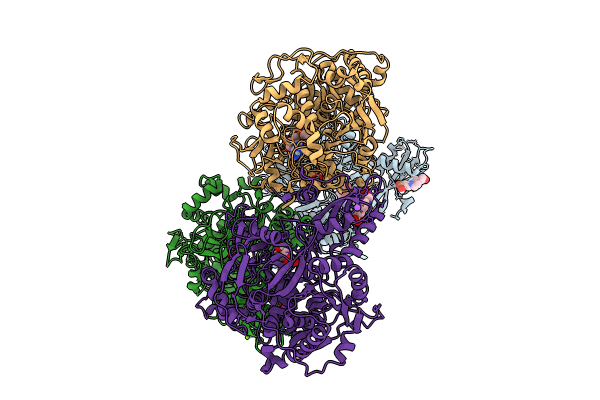
Deposition Date
2024-01-16
Release Date
2024-06-19
Last Version Date
2024-07-31
Entry Detail
PDB ID:
8RPL
Keywords:
Title:
AMP-forming acetyl-CoA synthetase from Chloroflexota bacterium with bound acetyl AMP
Biological Source:
Source Organism:
Chloroflexota bacterium (Taxon ID: 2026724)
Host Organism:
Method Details:
Experimental Method:
Resolution:
2.37 Å
R-Value Free:
0.20
R-Value Work:
0.16
Space Group:
H 3 2


